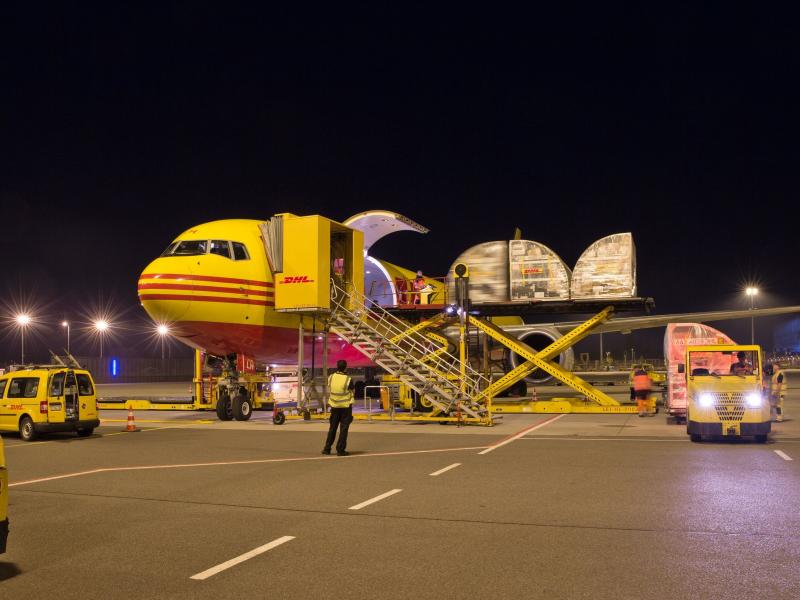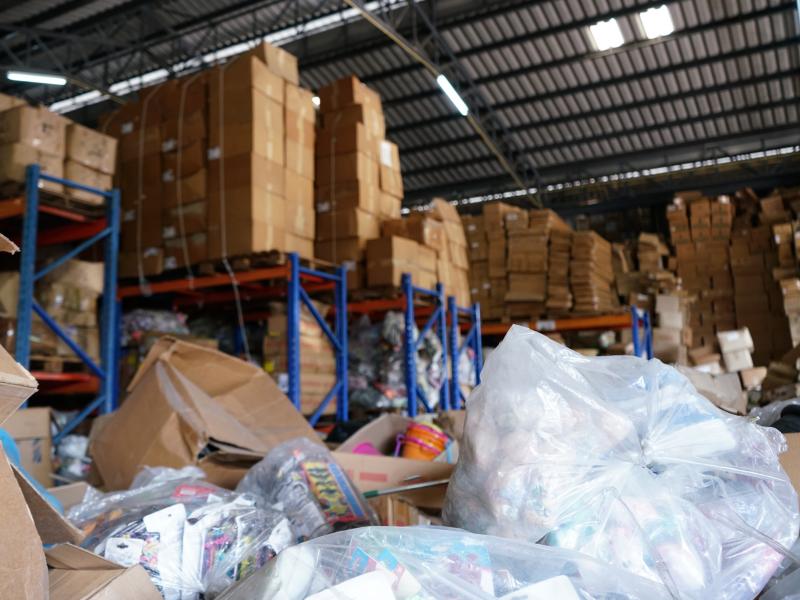To successfully trade through these turbulent times requires data-driven decision-making plus an agile and transparent supply chain. Katie Kinraid explains.
Supply chain disruption started long before COVID-19 and will only continue to evolve. Having navigated the recent challenges, it is clear that logistics companies need to work hard to stabilise their supply chain amid ongoing disruption and ensure a long-term strategy is prioritised. Whilst no company can simultaneously arm itself against future upheavals, logistics managers do have the capabilities to build supply chains that can better withstand disruption.
While the supply chain will eventually recover from COVID-19 pressures, logistics managers cannot return to business as usual. Disruption drives change and is prompting, if not forcing businesses to accelerate their automation and digital transformation plans. Businesses that prioritise technology, collaboration, networks and data will have the advantage when it comes to building resiliency. Future disruptions remain unpredictable when it comes to shifts in purchasing and delivery priorities, and in order to cope businesses will need to re-evaluate their supply chain operations to prioritise agility.
Future-proofing supply chains with data-driven decision making
The pandemic has revealed the extent to which companies globally are reliant on suppliers from China - many were forced to shut down production due to the inability to import certain parts, therefore failing to deliver products to consumers as the transportation of goods was halted.
Supply chain proximity has become a focal point for businesses looking to minimise risk when it comes to international suppliers. Many are realising that handing over certain components to specialists in local areas can create efficiencies. However, it’s important that multiple factors are considered in the decision-making process. Acceptance in the sharing of data and collaboration with technology partners are both critical when it comes to evaluating alternative partners and suppliers.
Outdated transport management systems with isolated data points do not allow for real-time transparency of transport processes. Collaboration of data allows for better benchmarking, with visibility over the entire journey from the warehouse, to scanning products onto the truck, right through to delivery. Data has become more crucial in planning out the supply chain network - it is fast becoming all about accurate on-demand forecasts and optimisations to the fleet. For many companies, replacing disconnected silos with end-to-end supply chain integration will require a cohesive platform of applications for transportation, warehousing, compliance and networking.
Building an agile and transparent supply chain
A resilient supply chain is a collaborative one; it requires a network of trading partners and seamless connectivity to them. This helps partners locate resources needed on demand, providing capacity where and when businesses need it most.
A decisive step toward achieving a resilient supply chain is to join a global trade network which links together manufacturing companies, certified solutions providers and other transport service providers, to provide full transparency. When technology platforms and automation applications are connected to a broader network, and the network data is leveraged for greater intelligence, supply chains become more powerful in creating frictionless operations.
At the height of disruption, logistics managers will be able to recognise obstacles and take counter measures more rapidly when part of a global trade network. For example, the system enables forwarders with free freight capacities to offer them as on-demand connections within the network. Put simply, global transport management platforms have the ability to scale with changing requirements, helping to ease disruptions in highly dynamic situations.
Technology and data are the enablers for adapting to change efficiently and scaling for growth. Now more than ever, companies need agility built into their systems to optimise business processes, accommodate fluctuations in inventory and adapt to consumer buying behaviours. Disruption is inevitable and an organisation’s best defence is preparation, connectivity and flexibility. With the right tools and partners in place, businesses will be equipped to stabilise their supply chain, even in the face of great uncertainty.
Article by Katie Kinraid, GM APAC, at BluJay Solutions.





